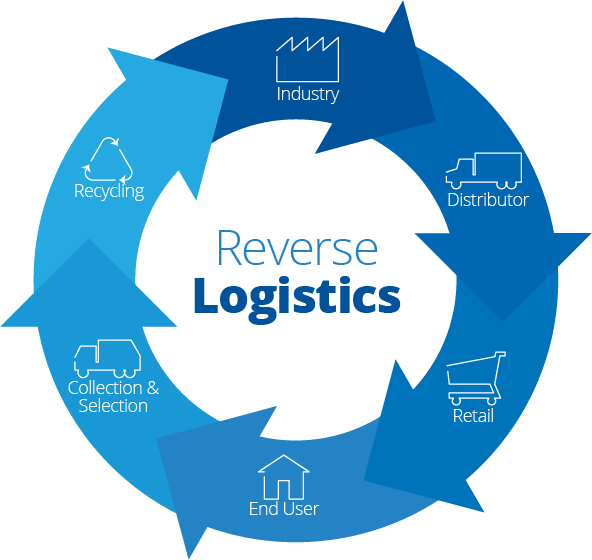There’s an inherent disorganization and messiness revolving around reverse logistics that makes it more challenging than conventional “forward” logistics management. According to Wilson Lester, senior vice president of supply chain for Rite Aid and a veteran supply chain professional, reverse logistics is a perfect opportunity for retailers to optimize their supply chains.”
To take this opportunity, we must bear in mind these 3 optimization points according to Lester:
- For Lester, the first step is the critical “detective work” associated with learning what went wrong and why. We shall turn this into data and information for further analysis and improvement. The goal is to get to a root-cause analysis of why we have returns in the first place.
- Income recovery through merchandise credits or salvage can be a significant component of overall supply chain cost. The goal is optimizing profitability and income recovery by maximizing the value of these assets. According to Lester, the steps vary, but include: re-packing, refreshing/refurbishing, sale to export marketers, return to supplier and return to stock.
- Risk Mitigation. Lester’s third focus area is the mitigation of risk; particular emphasis is placed on expired or hazardous product. These products increase the complexity and rigor associated with sold products and also the unsold ones, and, in turn, producing logistics costs.
By applying all these three activities, our company will be in a much favourable condition. Leading-edge companies, and those aspiring to be leading-edge, need to understand that getting reverse logistics right is as vital to overall performance and profitability as forward logistics, and that true end-to-end supply chain management is the key to long-term success.
By: Josep Massana
Source: Logistics Management

When reading this article the first that comes to my mind is the concept of circular economy; so I’ve been looking for information about it and I’ve found the reverse logistics is an important enabler in the transition to a circular economy. The best way to understand this type of economy is probably to compare it to linear economy (our current economic system). In this system we extract resources from our planet at an ever-increasing pace, and turn them into a product that we mostly dispose after use whereas a circular economy system is one that is restorative and regenerative by design and which goal is to keep product and material at their highest utility and value at all times.
Here I attach the link of a dynamic video that explains the process and also an interesting webpage to those more interested in circular economy:
Video: https://www.youtube.com/watch?v=zCRKvDyyHmI
Webpage: http://www.ellenmacarthurfoundation.org/circular-economy
LikeLike